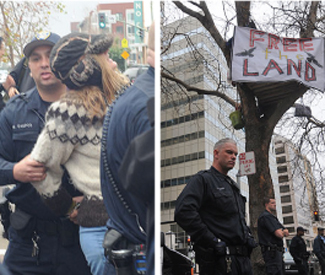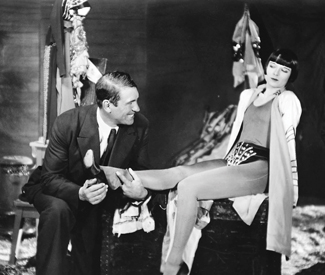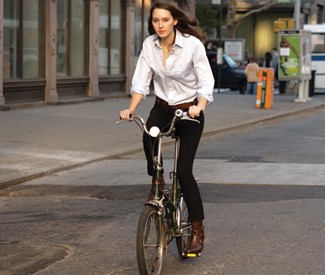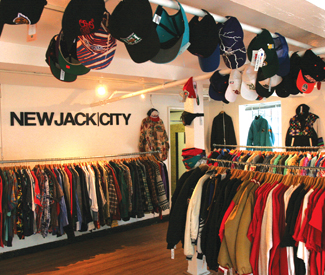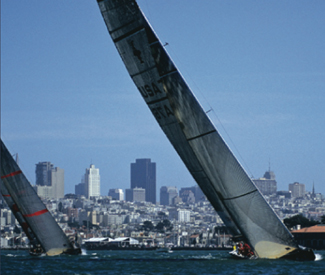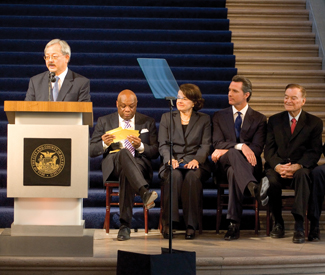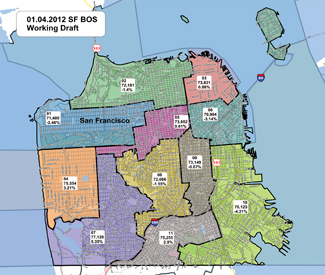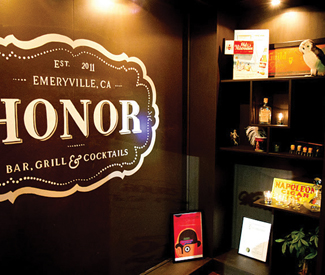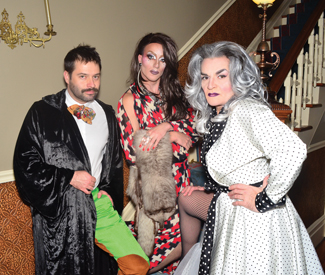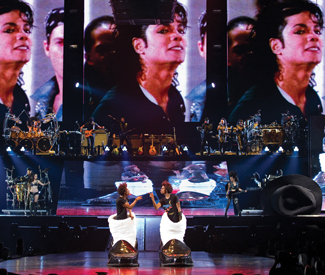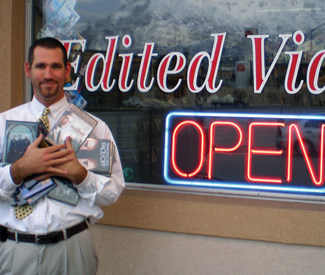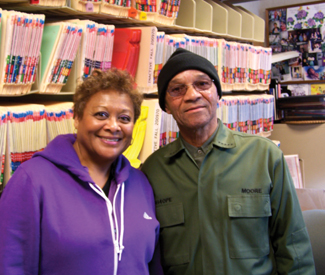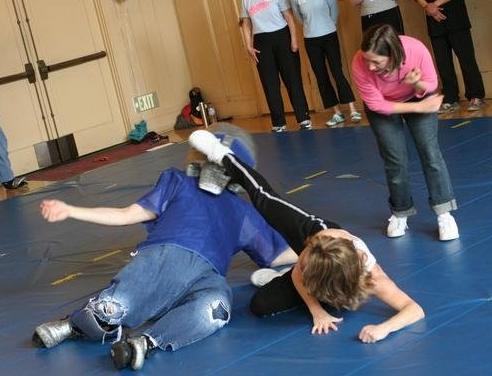Use your national day of service wisely — jump in one of of the day’s volunteering fairs, take in a black history flick, catch some awe-inspiring youth spoken word, learn about colleges
“In the Name of Love” MLK musical tribute
Mavis Staples, the Oakland Interfaith Gospel Choir, Youth Speaks (that group’s going to be busy! See below), and Oakland’s Children’s Community Choir occupy the deco wonderland of the Paramount for this stirring tribute to the great man’s work. Hyped as the only non-denominational musical tribute to MLK Jr. in Oakland, the program also features the presentation of humanitarian awards.
Sun/15 7 p.m., $18
Paramount Theatre
2025 Broadway, Oakl.
Freedom Trains
Planning on spending your MLK Day in the city? Every year, the Martin Luther King Jr. Association of Santa Clara sponsors the Freedom Trains so that everyone can afford to make it to the celebrations. Instead of paying $17.50 for a round-trip ticket on Caltrain, today it’s just $10 – and you’ll be treated to in-route presentations on the importance of the civil rights movement in our lives.
Mon/16, $10
Departs San Jose 9:30 a.m., arrives in San Francisco 10:55 a.m. (see website for stops in-between)
Rod Diridon train station
65 Cahill, San Jose
“Renewing the Dream” MLK Jr. birthday celebration
A health fair, a civil rights film festival, children’s reading celebration, interfaith commemoration, special presentations, and free entry to the Contemporary Jewish Museum, Museum of the African Diaspora, and Children’s Creativity Museum give you and yours plenty to do if you feel like spending your Monday in San Francisco’s (greener, sorry Union Square) living room. Down to attend? Check your local transportation agency for possible discounts to the event.
Mon/16 11 a.m.-5 p.m., free
Yerba Buena Gardens
Mission between Third and Fourth Sts., SF
“What is Your Dream?” MLK Jr. day of service
Soak in the spirit of the day by spending it at MoAD. The regular museum offerings (currently featuring “Collected: Stories of Acquisition and Reclamation,” about the contributions of people of African descent to the American zeitgeist) will be free to the public, there will be screenings of MLK films and a documentary on a barber who turned into a civil rights leader during the 2008 elections, chalk drawings outside on the sidewalk, and vision boarding galore. But the day’s not just for remembering and dreaming – the Historically Black Colleges and Universities Fair will be providing concrete information on education for tomorrow’s march-leaders and soul-freers.
Mon/16 11 a.m.-5 p.m., free
Museum of the African Diaspora
685 Mission, SF
(415) 358-7200
Parks Conservancy’s MLK Jr. day of service
Let the Parks Conservancy plug you into a wildlife restoration project – you’re too late to sign up for restoring the gardens on Alcatraz, but there’s still time to help out at Crissy Field, Fort Baker, Muir Woods, Ocean Beach, and the Presidio. Contact volunteer@parksconservancy.org to reserve your spot.
Mon/16 various times, free
Various locations, SF
(415) 561-3077
MLK Jr. Day service fair
Spend your day off work (if you have it off work) with your family making a difference in the Bay Area. Organizers of this event have made it easy for you: choose from over 25 different projects from serving food at shelters, planting trees – even making toys and biscuits for homeless puppies and kitties. All ages welcome.
Mon/16 7:30 a.m.-4 p.m., free
Oshman Family Jewish Community Center
3921 Fabian Way, Palo Alto
Piedmont’s annual MLK Jr. Day celebration
First: eating. All comers are invited to bring a dish that reflects their own cultural heritage to this lunchtime potluck at the Piedmont Community Center. Once those pressing matters have been tended: music. Oaktown Jazz will provide some lilting melodies, and Piedmont students will make presentations on the significance of the day. Capping off the festivities, the 1993 movie At the River I Stand, which revolves around the 1968 Memphis sanitation workers’ strike and concurrent assasination of King.
Mon/16 noon-3 p.m.
Piedmont Community Center
777 Highland, Piedmont
(510) 420-1534
loiscorrin@gmail.com
“Bringing the Noise for Dr. Martin Luther King, Jr.”
If you haven’t been to a Youth Speaks spoken word event, pack tissues and your future-seeing 3-D goggles – the young people that the organization gives an opportunity to perform are the truth. On no other day of the year should this be more evident, because these kids are all about having a dream. Today’s event brings performers to the stage who have worked up pieces on what they’d like the future to bring, imbued as ever with the fire of Youth Speaks performances. Could there be a more relevant forum to attend on today’s holiday?
Mon/16 7 p.m., $16
Herbst Theatre
401 Van Ness, SF
(415) 621-6600
“Martin Luther King Jr. Day Double Feature”
“All of us have something to say, but some are never heard” — Richard Pryor, Wattstax (1973). MLK Jr. Day calls into question how we remember the past. The Wattstax concert is sometimes recalled derivatively as “the black Woodstock.” But while soul music may have been the response, the event was put on by Stax Records to commemorate and come to terms with the seventh anniversary of the Watts Riots in LA, which challenged the limits of MLK Jr.’s nonviolent philosophy. As a double feature the Wattstax documentary will be shown with The Black Power Mixtape 1967-1975 (2011), a revelatory look at a movement’s era that sadly took the distance of continent and a few decades to make.
Wattstax 3, 7p.m.; The Black Power Mixtape 4:55, 8:55 p.m., $7.50–$10
Castro Theatre
429 Castro, SF
(415) 621-6120
Martin Luther
It’s the second coming! Not really, no relation actually. But this R&B-funk crooner spins out tunes appropriately uplifting for this day of rememberance and looking forward. Bliss out, eyes closed, mind on the change you want to make, at this smoothed-out groovefest.
Mon/16 8-9:30 p.m., $15
Yoshi’s
510 Embarcadero, Oakl.
(510) 238-9200

